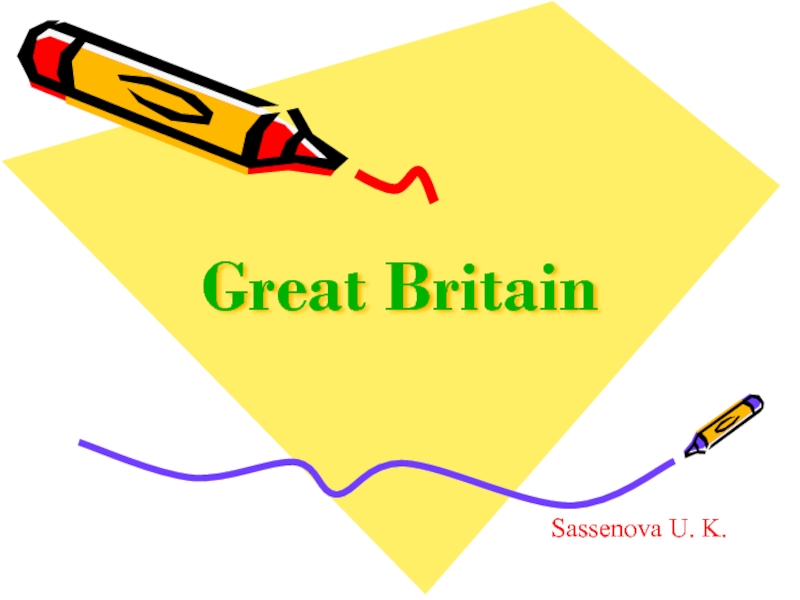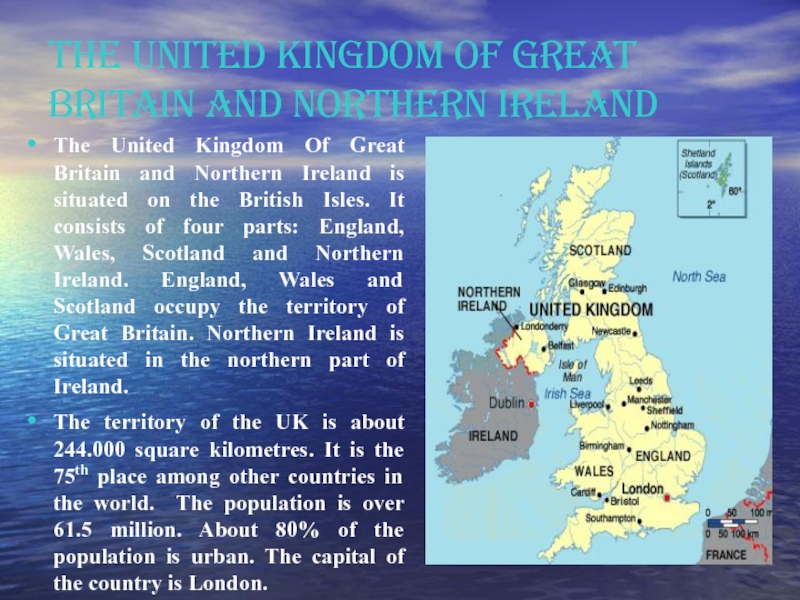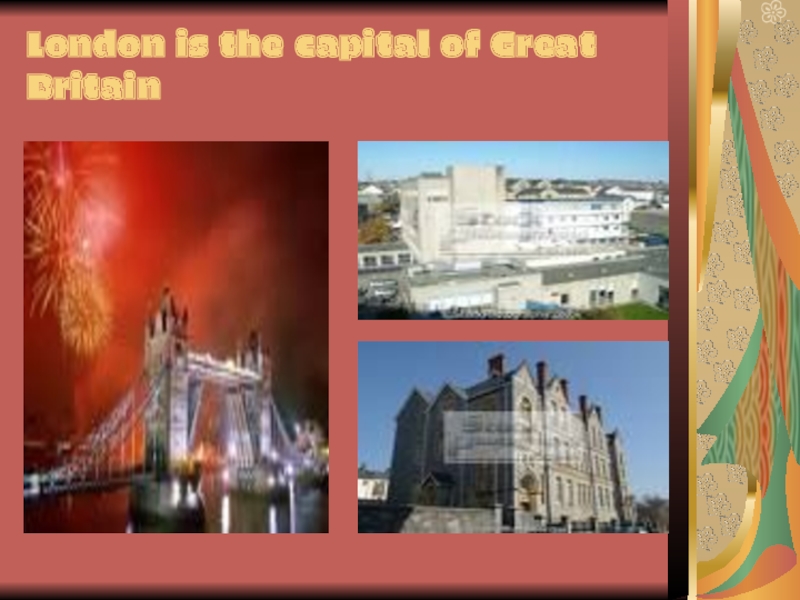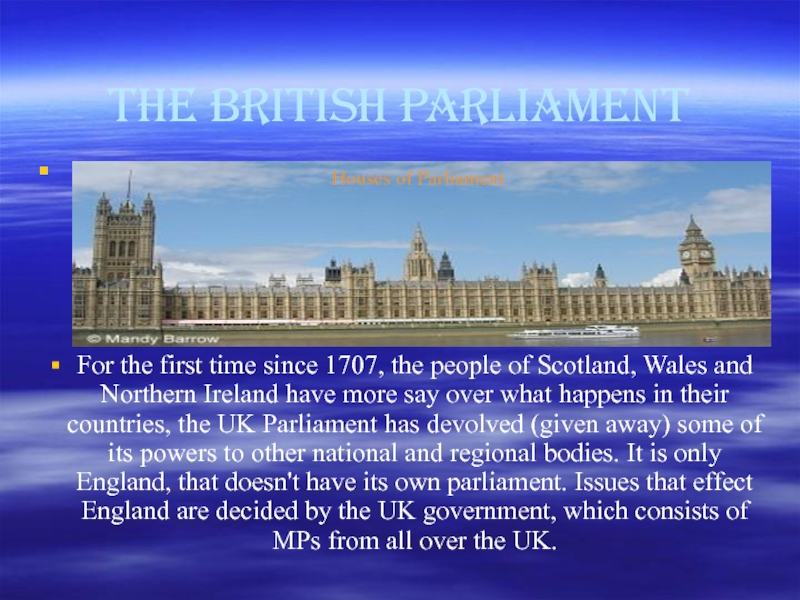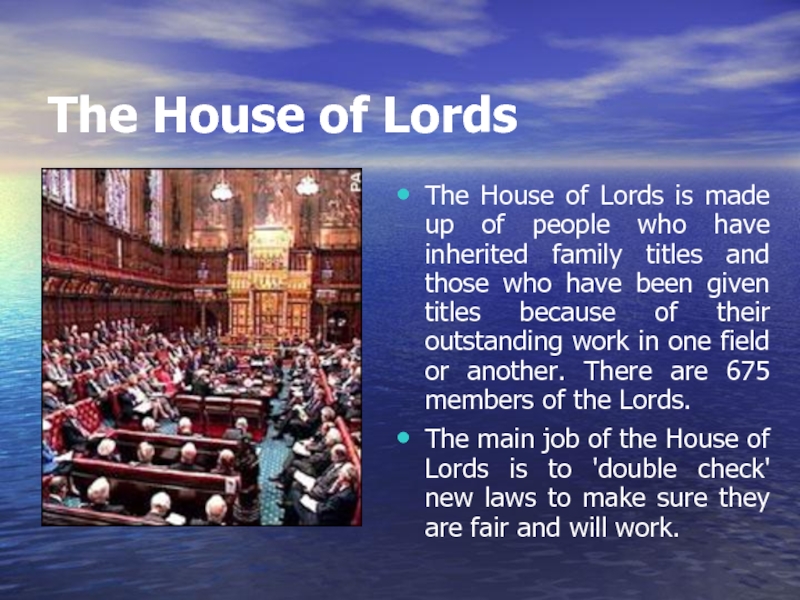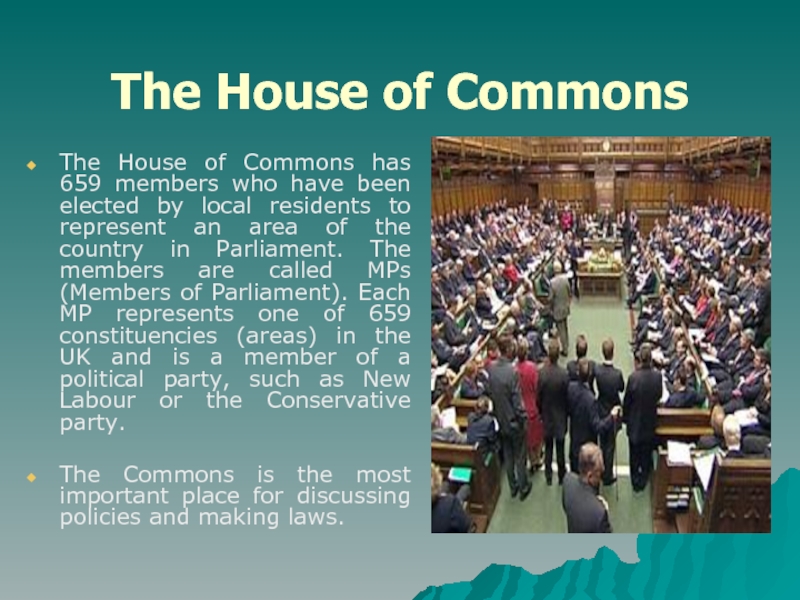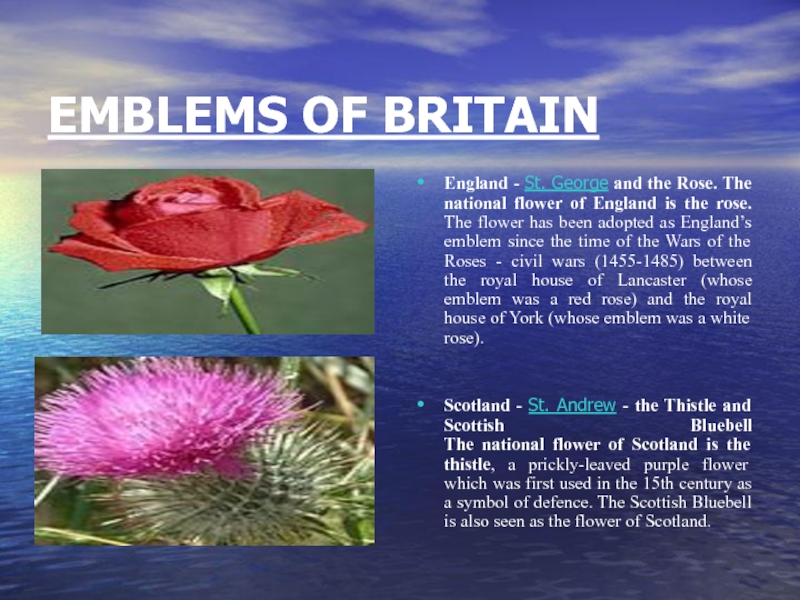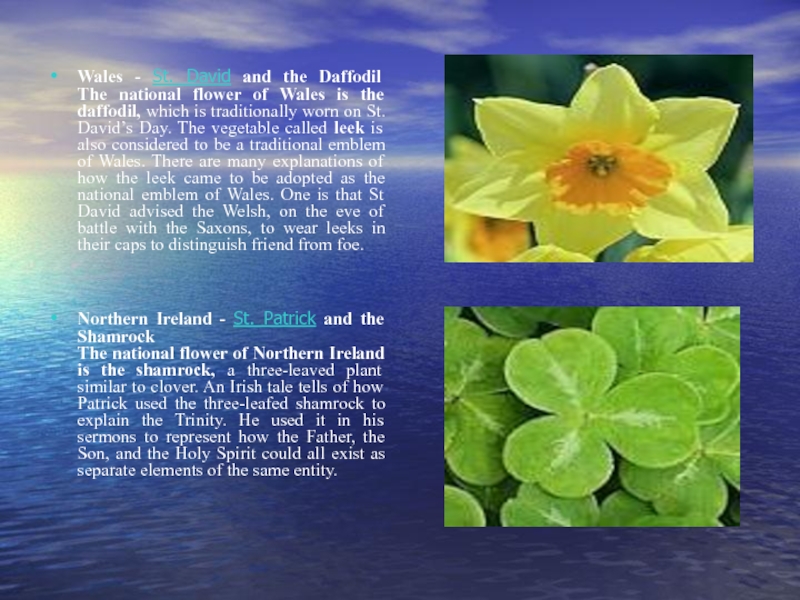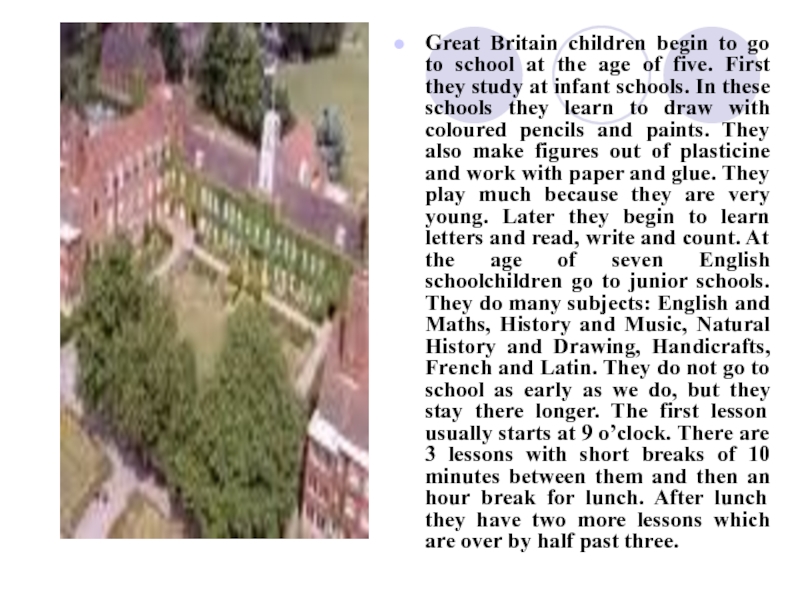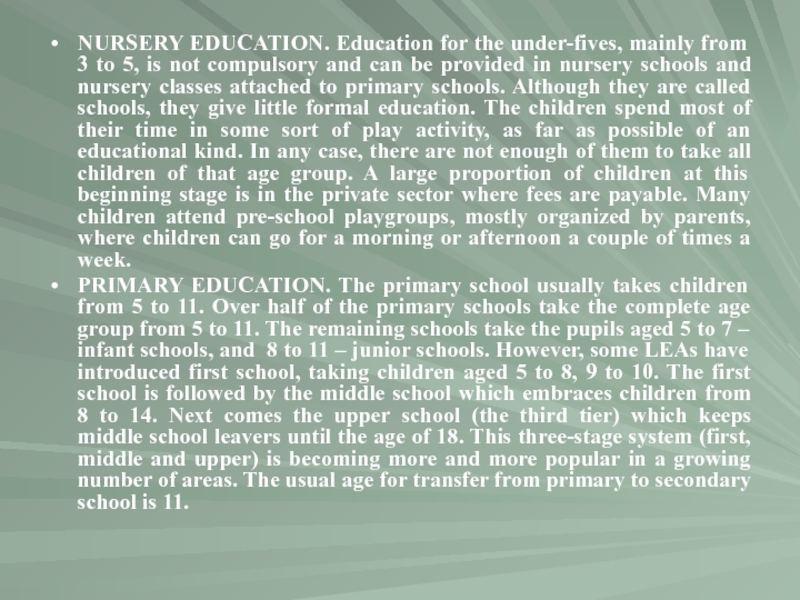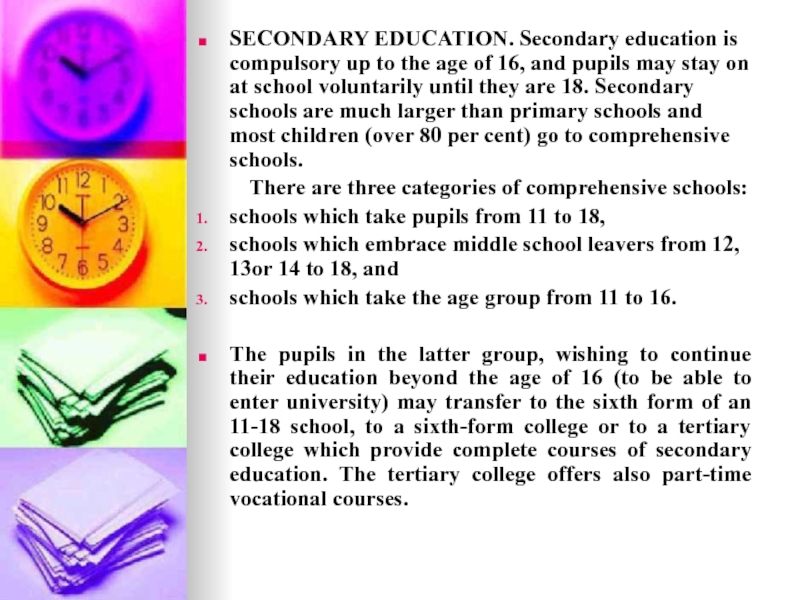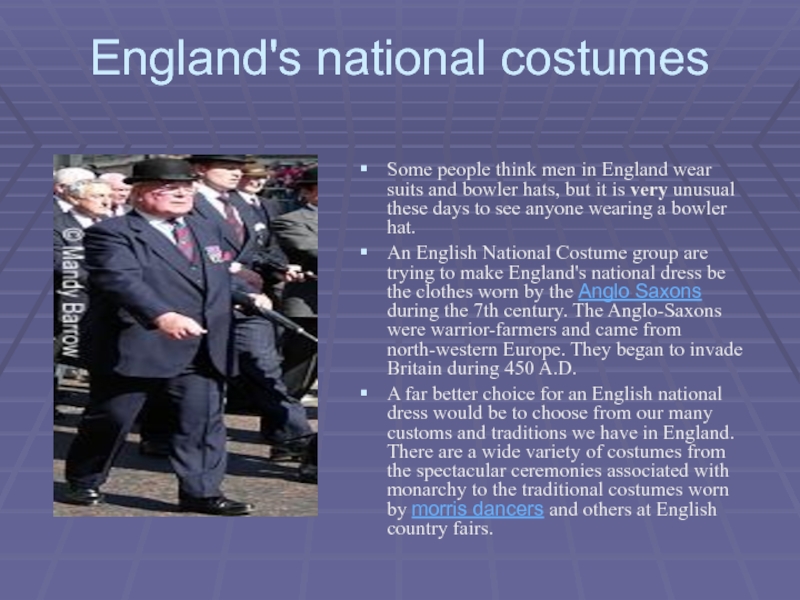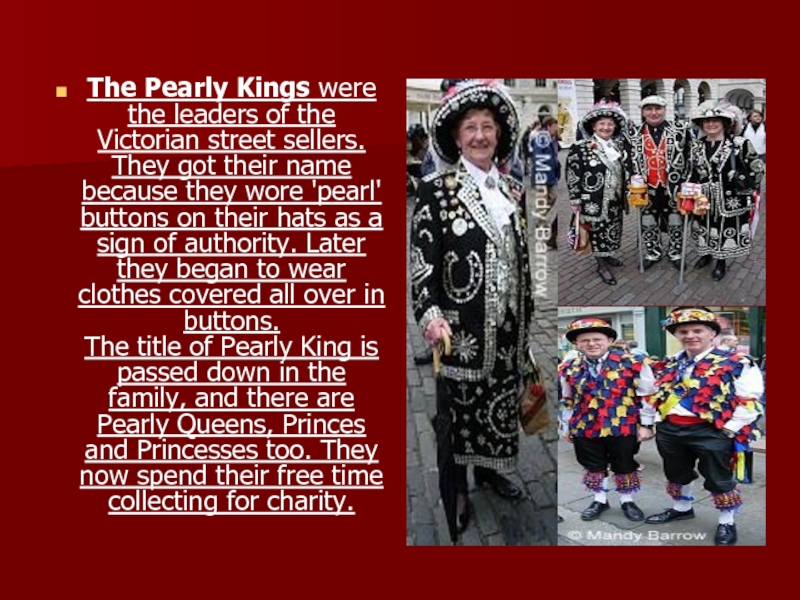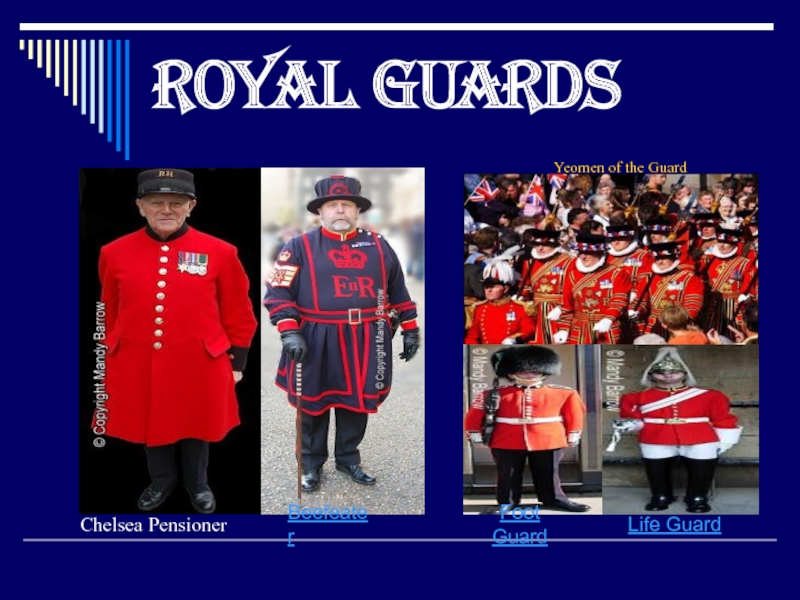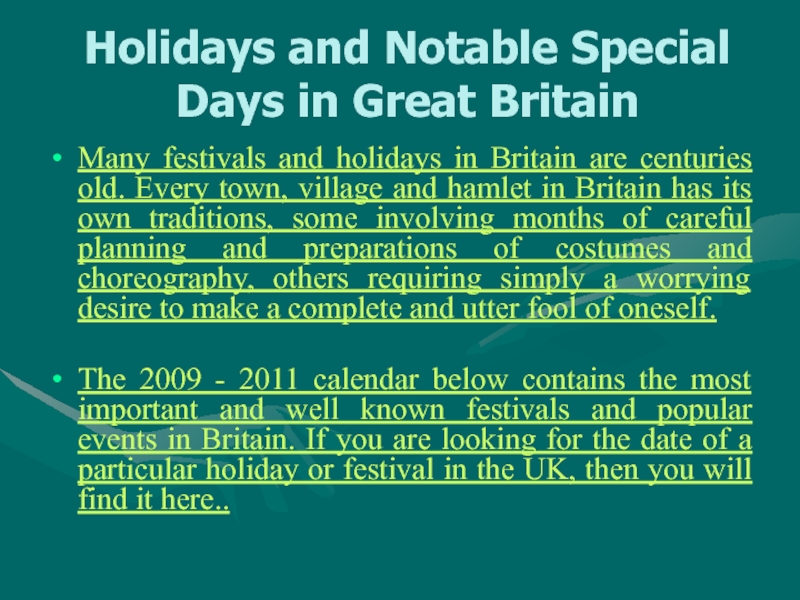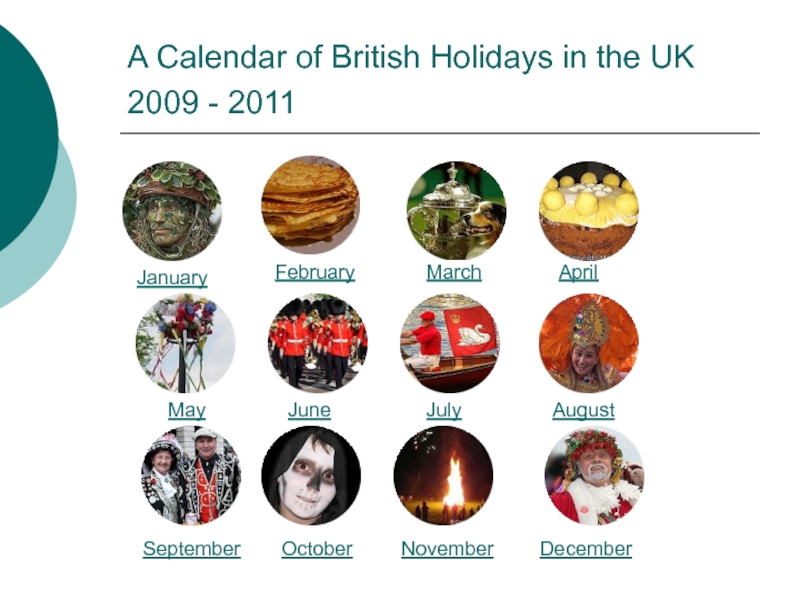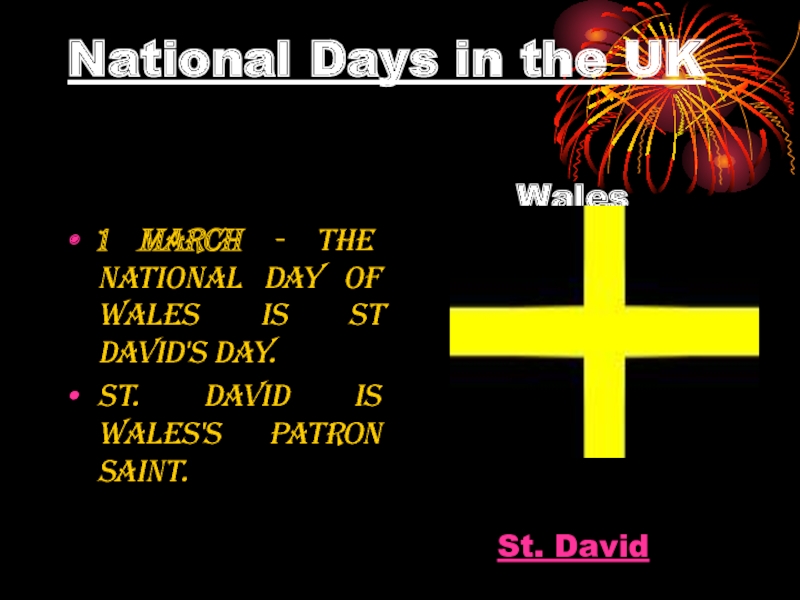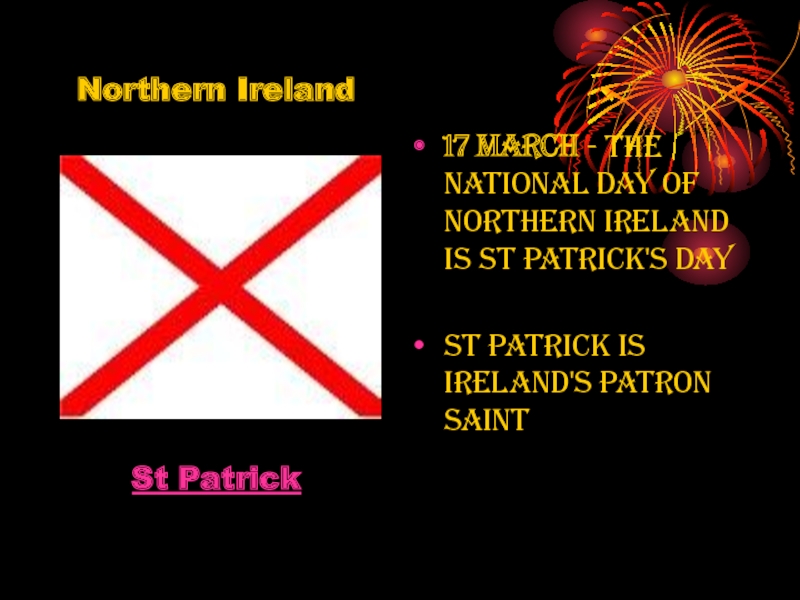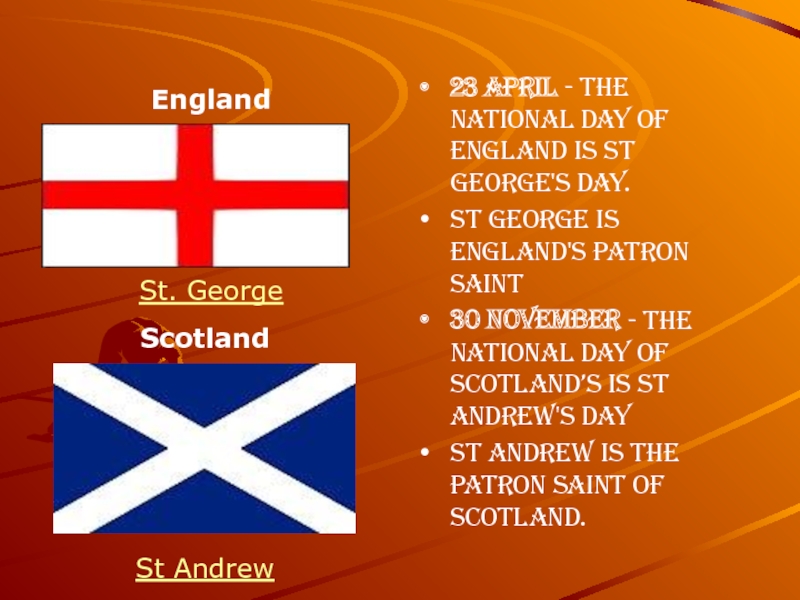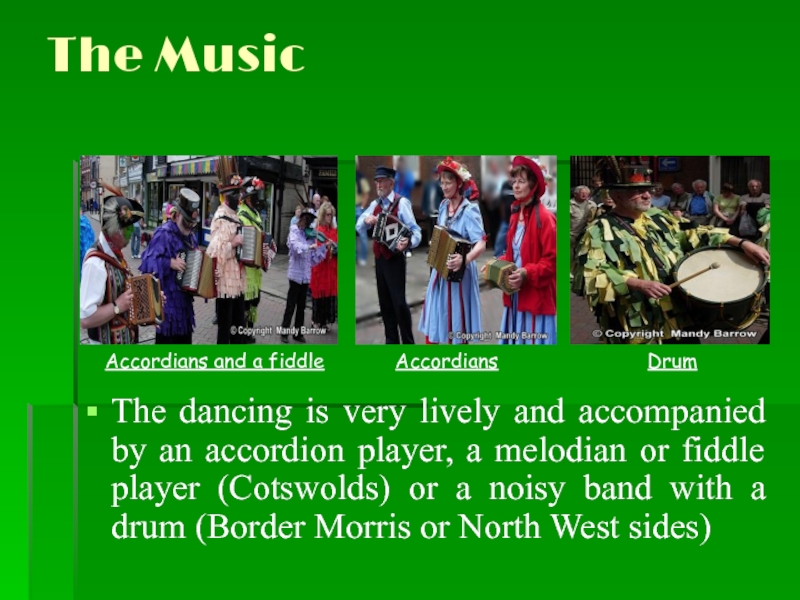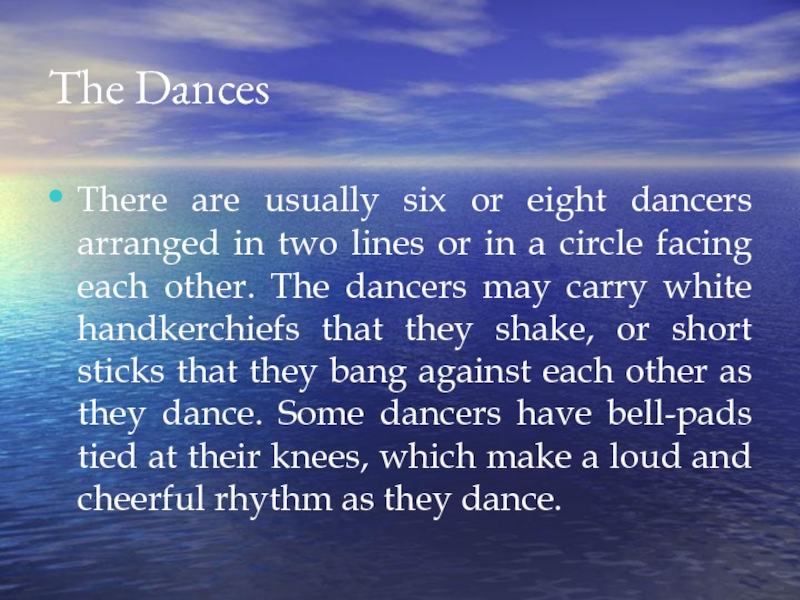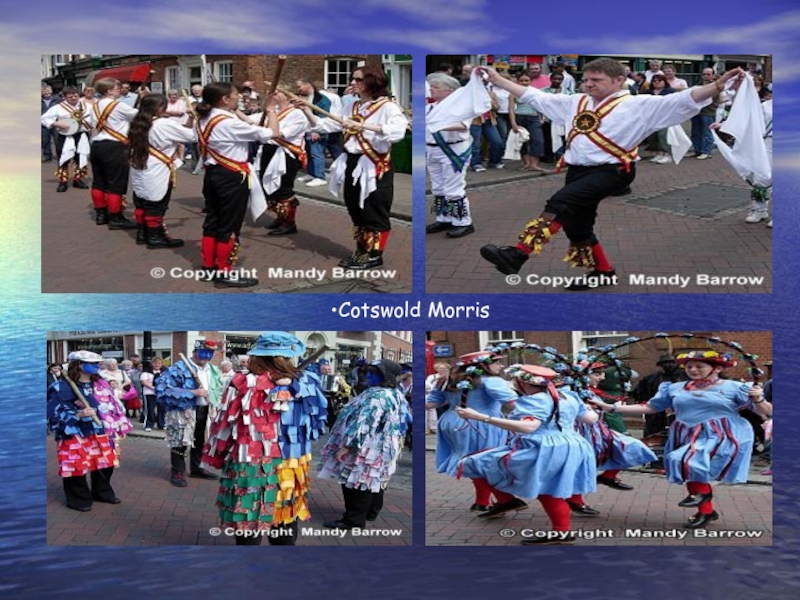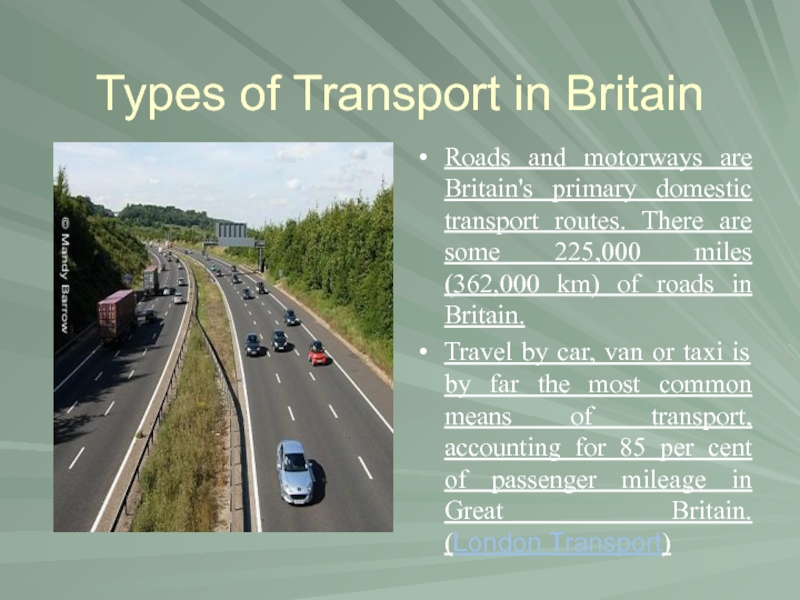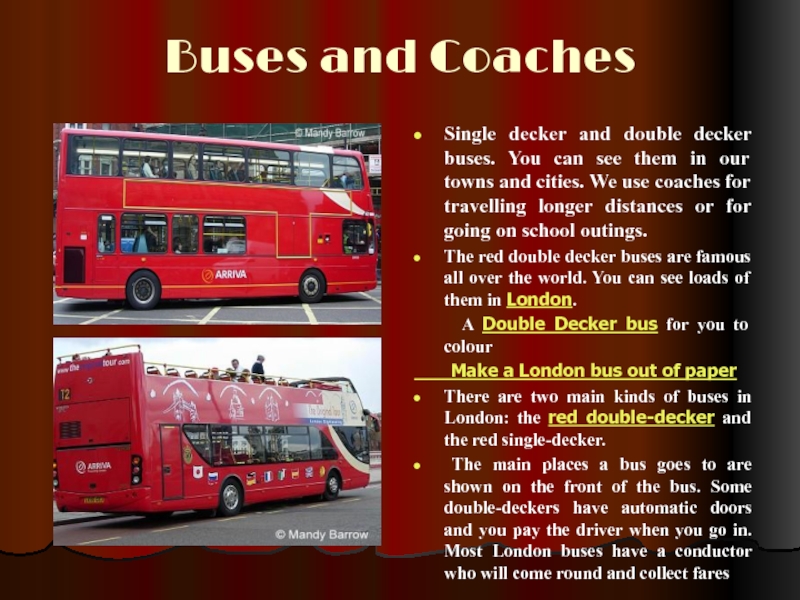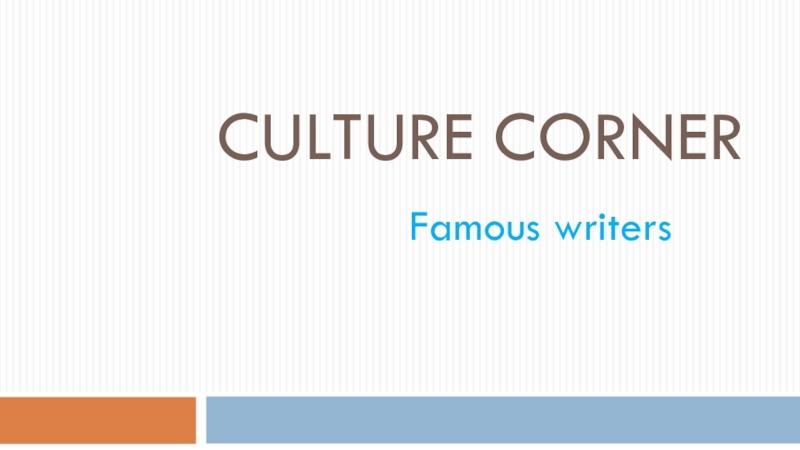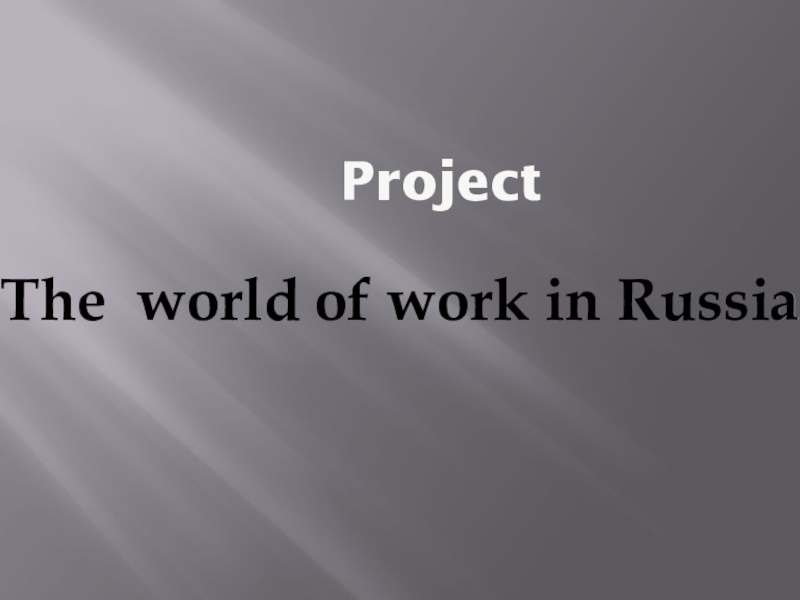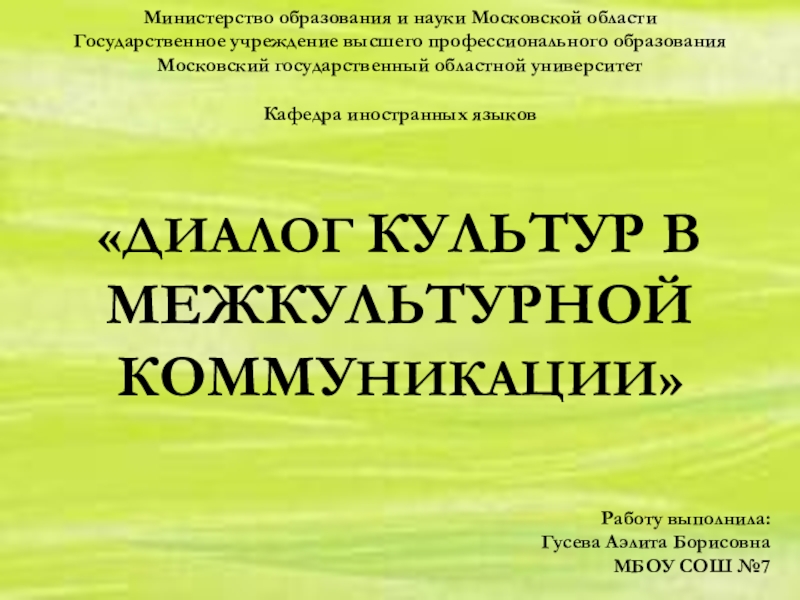Sassenova U. K.
- Главная
- Разное
- Образование
- Спорт
- Естествознание
- Природоведение
- Религиоведение
- Французский язык
- Черчение
- Английский язык
- Астрономия
- Алгебра
- Биология
- География
- Геометрия
- Детские презентации
- Информатика
- История
- Литература
- Математика
- Музыка
- МХК
- Немецкий язык
- ОБЖ
- Обществознание
- Окружающий мир
- Педагогика
- Русский язык
- Технология
- Физика
- Философия
- Химия
- Шаблоны, фоны, картинки для презентаций
- Экология
- Экономика
Презентация, доклад по английскому языку на тему Great Britain (11 класс)
Содержание
- 1. Презентация по английскому языку на тему Great Britain (11 класс)
- 2. The United Kingdom of Great Britain and
- 3. London is the capital of Great Britain
- 4. The UK is a Constitutional monarchy and
- 5. The British ParliamentFor the first time since
- 6. The House of LordsThe House of Lords
- 7. The House of Commons The House of
- 8. EMBLEMS OF BRITAIN England - St. George
- 9. Wales - St. David and the Daffodil
- 10. Education System in Great Britain The educational
- 11. Great Britain children begin to go to
- 12. NURSERY EDUCATION. Education for the under-fives, mainly
- 13. SECONDARY EDUCATION. Secondary education is compulsory up
- 14. England's national costumesSome people think men in
- 15. The Pearly Kings were the leaders of
- 16. Royal GuardsYeomen of the Guard Life Guard Foot Guard Beefeater Chelsea Pensioner
- 17. Holidays and Notable Special Days in Great
- 18. A Calendar of British Holidays in the
- 19. National Days in the UK1 March -
- 20. Northern Ireland St Patrick 17 March -
- 21. England St. George Scotland St Andrew 23
- 22. The MusicThe dancing is very lively and
- 23. The DancesThere are usually six or eight
- 24. Cotswold Morris
- 25. Types of Transport in Britain Roads and
- 26. Buses and CoachesSingle decker and double decker
- 27. Слайд 27
The United Kingdom of Great Britain and Northern IrelandThe United Kingdom Of Great Britain and Northern Ireland is situated on the British Isles. It consists of four parts: England, Wales, Scotland and Northern Ireland. England, Wales
Слайд 2The United Kingdom of Great Britain and Northern Ireland
The United Kingdom
Of Great Britain and Northern Ireland is situated on the British Isles. It consists of four parts: England, Wales, Scotland and Northern Ireland. England, Wales and Scotland occupy the territory of Great Britain. Northern Ireland is situated in the northern part of Ireland.
The territory of the UK is about 244.000 square kilometres. It is the 75th place among other countries in the world. The population is over 61.5 million. About 80% of the population is urban. The capital of the country is London.
The territory of the UK is about 244.000 square kilometres. It is the 75th place among other countries in the world. The population is over 61.5 million. About 80% of the population is urban. The capital of the country is London.
Слайд 4The UK is a Constitutional monarchy and the Queen
The Queen is
the official Head of State. Britain has a constitutional monarchy where the Queen only rules symbolically; in reality, pow er belongs to Parliament. So, although the Queen 'opens' Parliament each year and laws are passed in her name, the Queen herself plays no part in determining decisions made in Parliament. The Queen has the final say on whether a bill becomes law.
Слайд 5The British Parliament
For the first time since 1707, the people of
Scotland, Wales and Northern Ireland have more say over what happens in their countries, the UK Parliament has devolved (given away) some of its powers to other national and regional bodies. It is only England, that doesn't have its own parliament. Issues that effect England are decided by the UK government, which consists of MPs from all over the UK.
Houses of Parliament
Слайд 6The House of Lords
The House of Lords is made up of
people who have inherited family titles and those who have been given titles because of their outstanding work in one field or another. There are 675 members of the Lords.
The main job of the House of Lords is to 'double check' new laws to make sure they are fair and will work.
The main job of the House of Lords is to 'double check' new laws to make sure they are fair and will work.
Слайд 7The House of Commons
The House of Commons has 659 members
who have been elected by local residents to represent an area of the country in Parliament. The members are called MPs (Members of Parliament). Each MP represents one of 659 constituencies (areas) in the UK and is a member of a political party, such as New Labour or the Conservative party.
The Commons is the most important place for discussing policies and making laws.
The Commons is the most important place for discussing policies and making laws.
Слайд 8EMBLEMS OF BRITAIN
England - St. George and the Rose. The
national flower of England is the rose. The flower has been adopted as England’s emblem since the time of the Wars of the Roses - civil wars (1455-1485) between the royal house of Lancaster (whose emblem was a red rose) and the royal house of York (whose emblem was a white rose).
Scotland - St. Andrew - the Thistle and Scottish Bluebell The national flower of Scotland is the thistle, a prickly-leaved purple flower which was first used in the 15th century as a symbol of defence. The Scottish Bluebell is also seen as the flower of Scotland.
Scotland - St. Andrew - the Thistle and Scottish Bluebell The national flower of Scotland is the thistle, a prickly-leaved purple flower which was first used in the 15th century as a symbol of defence. The Scottish Bluebell is also seen as the flower of Scotland.
Слайд 9
Wales - St. David and the Daffodil
The national flower of
Wales is the daffodil, which is traditionally worn on St. David’s Day. The vegetable called leek is also considered to be a traditional emblem of Wales. There are many explanations of how the leek came to be adopted as the national emblem of Wales. One is that St David advised the Welsh, on the eve of battle with the Saxons, to wear leeks in their caps to distinguish friend from foe.
Northern Ireland - St. Patrick and the Shamrock The national flower of Northern Ireland is the shamrock, a three-leaved plant similar to clover. An Irish tale tells of how Patrick used the three-leafed shamrock to explain the Trinity. He used it in his sermons to represent how the Father, the Son, and the Holy Spirit could all exist as separate elements of the same entity.
Northern Ireland - St. Patrick and the Shamrock The national flower of Northern Ireland is the shamrock, a three-leaved plant similar to clover. An Irish tale tells of how Patrick used the three-leafed shamrock to explain the Trinity. He used it in his sermons to represent how the Father, the Son, and the Holy Spirit could all exist as separate elements of the same entity.
Слайд 10Education System in Great Britain
The educational system of Great Britain
has developed for over a hundred years. It is a complicated system with wide variations between one part of the country and another. Three partners are responsible for the education service: central government – the Department of Education and Science (DES), local education authorities (LEAs), and schools themselves. The legal basis for this partnership is supplied by the 1944 Education Act.
Слайд 11Great Britain children begin to go to school at the age
of five. First they study at infant schools. In these schools they learn to draw with coloured pencils and paints. They also make figures out of plasticine and work with paper and glue. They play much because they are very young. Later they begin to learn letters and read, write and count. At the age of seven English schoolchildren go to junior schools. They do many subjects: English and Maths, History and Music, Natural History and Drawing, Handicrafts, French and Latin. They do not go to school as early as we do, but they stay there longer. The first lesson usually starts at 9 o’clock. There are 3 lessons with short breaks of 10 minutes between them and then an hour break for lunch. After lunch they have two more lessons which are over by half past three.
Слайд 12NURSERY EDUCATION. Education for the under-fives, mainly from 3 to 5,
is not compulsory and can be provided in nursery schools and nursery classes attached to primary schools. Although they are called schools, they give little formal education. The children spend most of their time in some sort of play activity, as far as possible of an educational kind. In any case, there are not enough of them to take all children of that age group. A large proportion of children at this beginning stage is in the private sector where fees are payable. Many children attend pre-school playgroups, mostly organized by parents, where children can go for a morning or afternoon a couple of times a week.
PRIMARY EDUCATION. The primary school usually takes children from 5 to 11. Over half of the primary schools take the complete age group from 5 to 11. The remaining schools take the pupils aged 5 to 7 – infant schools, and 8 to 11 – junior schools. However, some LEAs have introduced first school, taking children aged 5 to 8, 9 to 10. The first school is followed by the middle school which embraces children from 8 to 14. Next comes the upper school (the third tier) which keeps middle school leavers until the age of 18. This three-stage system (first, middle and upper) is becoming more and more popular in a growing number of areas. The usual age for transfer from primary to secondary school is 11.
PRIMARY EDUCATION. The primary school usually takes children from 5 to 11. Over half of the primary schools take the complete age group from 5 to 11. The remaining schools take the pupils aged 5 to 7 – infant schools, and 8 to 11 – junior schools. However, some LEAs have introduced first school, taking children aged 5 to 8, 9 to 10. The first school is followed by the middle school which embraces children from 8 to 14. Next comes the upper school (the third tier) which keeps middle school leavers until the age of 18. This three-stage system (first, middle and upper) is becoming more and more popular in a growing number of areas. The usual age for transfer from primary to secondary school is 11.
Слайд 13SECONDARY EDUCATION. Secondary education is compulsory up to the age of
16, and pupils may stay on at school voluntarily until they are 18. Secondary schools are much larger than primary schools and most children (over 80 per cent) go to comprehensive schools.
There are three categories of comprehensive schools:
schools which take pupils from 11 to 18,
schools which embrace middle school leavers from 12, 13or 14 to 18, and
schools which take the age group from 11 to 16.
The pupils in the latter group, wishing to continue their education beyond the age of 16 (to be able to enter university) may transfer to the sixth form of an 11-18 school, to a sixth-form college or to a tertiary college which provide complete courses of secondary education. The tertiary college offers also part-time vocational courses.
There are three categories of comprehensive schools:
schools which take pupils from 11 to 18,
schools which embrace middle school leavers from 12, 13or 14 to 18, and
schools which take the age group from 11 to 16.
The pupils in the latter group, wishing to continue their education beyond the age of 16 (to be able to enter university) may transfer to the sixth form of an 11-18 school, to a sixth-form college or to a tertiary college which provide complete courses of secondary education. The tertiary college offers also part-time vocational courses.
Слайд 14England's national costumes
Some people think men in England wear suits and
bowler hats, but it is very unusual these days to see anyone wearing a bowler hat.
An English National Costume group are trying to make England's national dress be the clothes worn by the Anglo Saxons during the 7th century. The Anglo-Saxons were warrior-farmers and came from north-western Europe. They began to invade Britain during 450 A.D.
A far better choice for an English national dress would be to choose from our many customs and traditions we have in England. There are a wide variety of costumes from the spectacular ceremonies associated with monarchy to the traditional costumes worn by morris dancers and others at English country fairs.
An English National Costume group are trying to make England's national dress be the clothes worn by the Anglo Saxons during the 7th century. The Anglo-Saxons were warrior-farmers and came from north-western Europe. They began to invade Britain during 450 A.D.
A far better choice for an English national dress would be to choose from our many customs and traditions we have in England. There are a wide variety of costumes from the spectacular ceremonies associated with monarchy to the traditional costumes worn by morris dancers and others at English country fairs.
Слайд 15The Pearly Kings were the leaders of the Victorian street sellers.
They got their name because they wore 'pearl' buttons on their hats as a sign of authority. Later they began to wear clothes covered all over in buttons.
The title of Pearly King is passed down in the family, and there are Pearly Queens, Princes and Princesses too. They now spend their free time collecting for charity.
Слайд 17Holidays and Notable Special Days in Great Britain
Many festivals and holidays
in Britain are centuries old. Every town, village and hamlet in Britain has its own traditions, some involving months of careful planning and preparations of costumes and choreography, others requiring simply a worrying desire to make a complete and utter fool of oneself.
The 2009 - 2011 calendar below contains the most important and well known festivals and popular events in Britain. If you are looking for the date of a particular holiday or festival in the UK, then you will find it here..
The 2009 - 2011 calendar below contains the most important and well known festivals and popular events in Britain. If you are looking for the date of a particular holiday or festival in the UK, then you will find it here..
Слайд 18
A Calendar of British Holidays in the UK
2009 - 2011
January
February
March
April
May
June
October
August
September
November
December
July
Слайд 19National Days in the UK
1 March - The national day of
Wales is St David's Day.
St. David is Wales's patron saint.
St. David is Wales's patron saint.
Wales
St. David
Слайд 20Northern Ireland
St Patrick
17 March - The national day of Northern
Ireland is St Patrick's Day
St Patrick is Ireland's patron Saint
St Patrick is Ireland's patron Saint
Слайд 21England
St. George
Scotland
St Andrew
23 April - The national day of
England is St George's Day.
St George is England's patron saint
30 November - The national day of Scotland’s is St Andrew's Day
St Andrew is the patron saint of Scotland.
St George is England's patron saint
30 November - The national day of Scotland’s is St Andrew's Day
St Andrew is the patron saint of Scotland.
Слайд 22The Music
The dancing is very lively and accompanied by an accordion
player, a melodian or fiddle player (Cotswolds) or a noisy band with a drum (Border Morris or North West sides)
Drum
Accordians
Accordians and a fiddle
Слайд 23The Dances
There are usually six or eight dancers arranged in two
lines or in a circle facing each other. The dancers may carry white handkerchiefs that they shake, or short sticks that they bang against each other as they dance. Some dancers have bell-pads tied at their knees, which make a loud and cheerful rhythm as they dance.
Слайд 25Types of Transport in Britain
Roads and motorways are Britain's primary
domestic transport routes. There are some 225,000 miles (362,000 km) of roads in Britain.
Travel by car, van or taxi is by far the most common means of transport, accounting for 85 per cent of passenger mileage in Great Britain. (London Transport)
Travel by car, van or taxi is by far the most common means of transport, accounting for 85 per cent of passenger mileage in Great Britain. (London Transport)
Слайд 26Buses and Coaches
Single decker and double decker buses. You can see
them in our towns and cities. We use coaches for travelling longer distances or for going on school outings.
The red double decker buses are famous all over the world. You can see loads of them in London.
A Double Decker bus for you to colour
Make a London bus out of paper
There are two main kinds of buses in London: the red double-decker and the red single-decker.
The main places a bus goes to are shown on the front of the bus. Some double-deckers have automatic doors and you pay the driver when you go in. Most London buses have a conductor who will come round and collect fares
The red double decker buses are famous all over the world. You can see loads of them in London.
A Double Decker bus for you to colour
Make a London bus out of paper
There are two main kinds of buses in London: the red double-decker and the red single-decker.
The main places a bus goes to are shown on the front of the bus. Some double-deckers have automatic doors and you pay the driver when you go in. Most London buses have a conductor who will come round and collect fares
